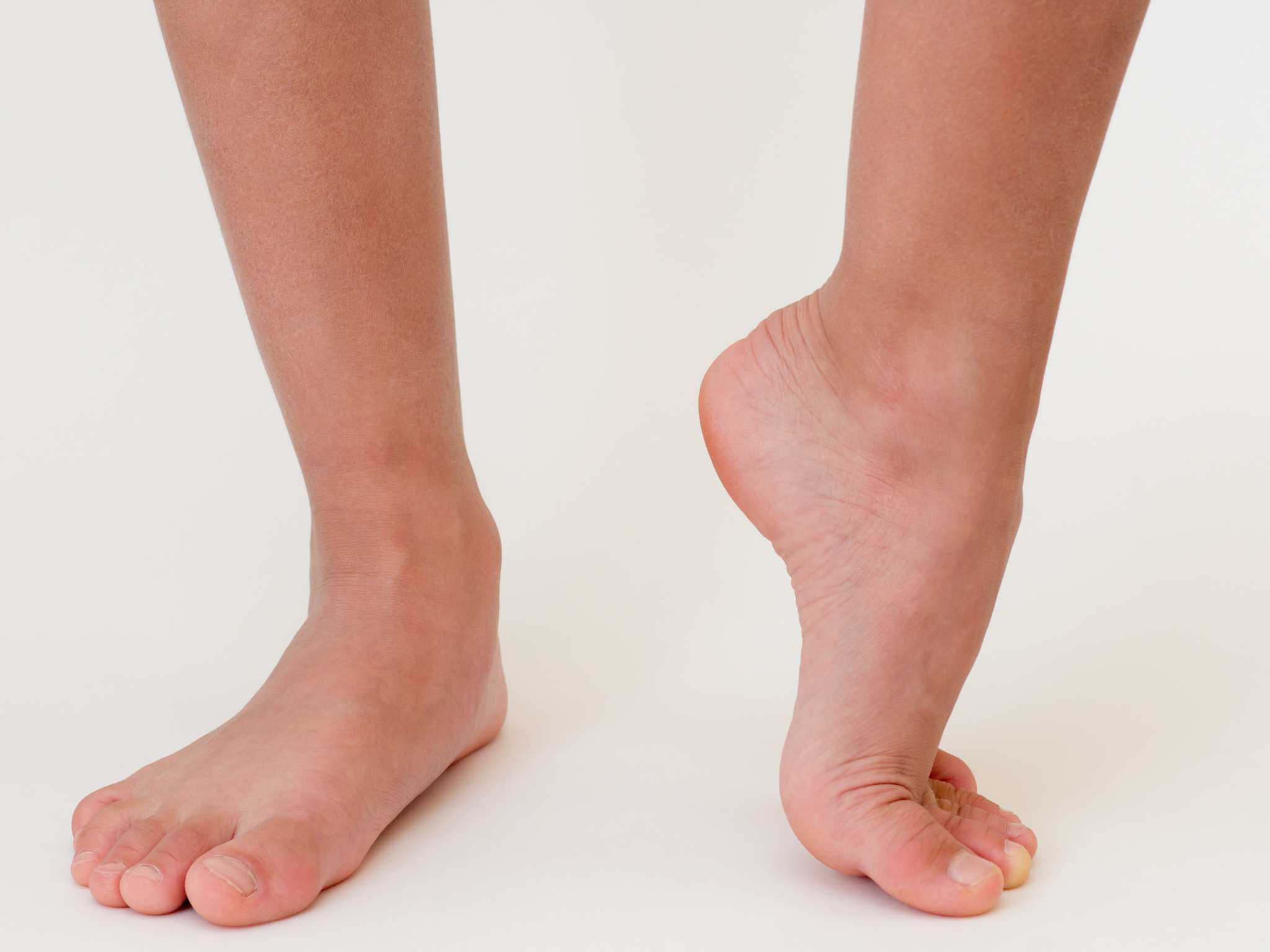How Does Sever’s Disease Affect Children?
conditions that affect the musculoskeletal system. One such condition is Sever’s Disease, a common but often misunderstood issue that impacts the heels of children.
In this blog, we will delve into the various aspects of Sever’s Disease, including what it is, why it affects children, the common symptoms, treatment options, and when it’s crucial to seek medical attention. By the end of this article, you will have a better understanding of Sever’s Disease and how to address it.
What is Sever’s Disease?
Sever’s Disease, also known as calcaneal apophysitis, is not a disease in the traditional sense. Rather, it’s a condition that affects the growth plate in the heel bone (calcaneus). The growth plate, also called the epiphyseal plate, is a layer of cartilage at the end of a developing bone that is responsible for longitudinal growth. In the case of Sever’s Disease, this growth plate in the heel becomes inflamed, leading to pain and discomfort.

Why Does it Affect Children?
Sever’s Disease is particularly common in children because it is closely related to the growth process. During growth spurts, the bones grow more rapidly than the surrounding tendons and muscles. This disjunction between bone growth and soft tissue development can result in excessive tension on the heel’s growth plate. The primary reason why Sever’s Disease affects children is the presence of this stretch in the growth plate of the heel.
Symptoms of Sever’s Disease
Identifying Sever’s Disease can be challenging, as its symptoms can overlap with other foot or leg issues. However, some common symptoms associated with this condition include:
- Swelling and Redness in the Heel: Children with Sever’s Disease may experience localized swelling and redness in the affected heel. This swelling is usually noticeable around the back of the heel or the sides.
- Stiffness in the Feet When First Waking Up: Morning stiffness in the feet is a common symptom of Sever’s Disease. Children may complain of discomfort and difficulty walking upon waking.
- Limping or Walking on Tiptoes: Due to the pain in the heel, children may instinctively change their gait, either by limping or walking on their tiptoes to avoid placing pressure on the affected area.
- Pain When the Heel is Squeezed on Both Sides: A telltale sign of Sever’s Disease is tenderness when the sides of the heel are gently squeezed. This symptom can help differentiate Sever’s Disease from other conditions.

Treatment Options for Sever’s Disease
Fortunately, Sever’s Disease is a self-limiting condition, meaning it typically resolves once the growth plates in the heel close. However, there are several treatment options available to help manage the symptoms and expedite the healing process:
- Rest and Activity Modification: Rest is crucial in allowing the inflamed growth plate to heal. Reducing high-impact activities, such as running and jumping, can help alleviate symptoms.
- Ice Therapy: Applying ice to the affected heel can help reduce swelling and alleviate pain. Ensure that you use a cloth or towel to protect the skin and apply the ice for 15-20 minutes at a time.
- Stretching and Strengthening Exercises: Physical therapy exercises can be beneficial in addressing muscle imbalances and preventing recurrences. These exercises aim to stretch and strengthen the calf and Achilles tendon.
- Supportive Footwear: Wearing well-cushioned and supportive shoes with good arch support can help reduce pressure on the heel. Orthotic inserts may also be recommended.
- Medications: Non-steroidal anti-inflammatory drugs (NSAIDs) like ibuprofen can be used to manage pain and inflammation, but it’s important to consult a healthcare professional before using them.
- Heel Cups or Pads: Heel cups or pads can be inserted into the shoes to provide cushioning and support to the heel, reducing discomfort.
When to See a Doctor?
While Sever’s Disease typically resolves on its own, there are situations when it’s essential to consult Dr. Timson:
- If the pain and discomfort persist despite home remedies and conservative treatment.
- If there is severe swelling, redness, or heat in the affected area, this may indicate a different medical issue.
- If your child has difficulty walking or experiences an abrupt change in their gait.
- If the pain spreads to other areas of the foot or leg, or if your child develops a fever.
Sever’s Disease is a common condition that affects children during their growth spurts due to stretching in the growth plate of the heel. Recognizing the symptoms, seeking appropriate treatment, and knowing when to schedule an appointment with our experienced team are crucial for managing this condition effectively. By understanding Sever’s Disease, parents and caregivers can help their children navigate this phase of growth with less pain and discomfort, ensuring a smooth transition into adulthood.
Your child’s health and well-being matter to us, and we’re here to support you on your journey to understanding and managing Sever’s Disease. We believe in the power of knowledge, and we’re committed to providing you with the guidance and information you need.
Our mission is to make your child’s experience with Sever’s Disease as comfortable as possible. We know that each child is unique, and we are here to provide tailored support to meet your specific needs.
At Community Foot Clinic of McPherson, we’re not just a resource; we’re a partner in your child’s well-being. Reach out to us, and let’s work together to ensure a smooth and pain-free journey for your child.
McPherson Office
316 W. 4th Street
McPherson, KS 67460
P: (620) 241-3313
F: (620) 241-6967
© Community Foot Clinic of McPherson. All Rights Reserved.
Privacy Policy | Terms & Conditions
Web Design by CP Solutions
Marketed by VMD Services

Recent Comments